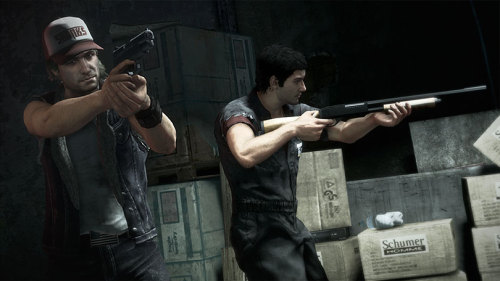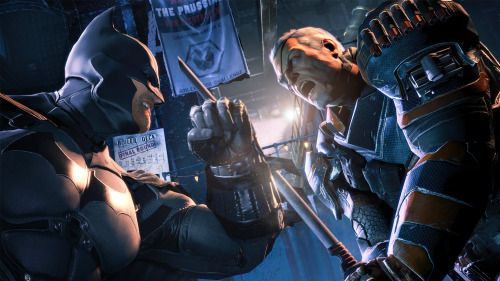Depending
upon where you stand as a gamer, you already know that this time in a console
cycle is either very exciting, or completely numbing. The arrival of a new console is heralded with
unprecedented media coverage, gamer fanfare, and usually a degree of hyperbolic
rambling that make the new machines seem powerful enough that they could be
ushering in the Singularity. Of course,
this same level of fervor can be looked at with a certain degree of bemusement
too. After all, when all is said and
done, gaming consoles facilitate your enjoyment of gaming, they don’t create
it. The same way that a set of golf
clubs allow you to enjoy golf (if that’s your thing), but by definition, the
clubs are not golf.
So then,
outside of the mire of information that is flooding our mutual hobby at the
moment regarding the ‘new’ consoles, much of what people want to see is reviews
of games. And this is where I’ve had a
huge problem this week, and yet again realize why I have ever dwindling faith
in the journalistic musings of much (not all) of the mainstream press. With the Xbox One launching tomorrow, a lot
of gamers are probably still trying to figure out which machine they want, and
this decision is made very difficult by the lack of cross-platform reviews.
I fully expect
that over the next few days, we’ll slowly start to see reviews for specific
games getting published, but the fact remains that the reviews should largely
be up by now. Consumers want to be able
to look around and figure out what console will work best for them, and without
specific software reviews I think that initial decision can be very
difficult. How can you compare Killzone:
Shadow Fall and Ryse: Son of Rome? Quite
simply, you can’t. Certainly, you might
privilege a particular genre over the other, but at this point, the fact that
many media outlets and Microsoft do not seem to be allowing direct game-to-game
comparisons is problematic.
To some,
this problem might not be a problem at all.
Some people prefer Sony only franchises, others Microsoft. That’s fine.
This issue isn’t about those people, in all likelihood they’ve already
made up their minds. No, this is about
the people who want to see the best gameplay performance out of titles that
appear on both machines. Which in and of
itself is also an understandable choice.
The problem I have is that it seems it’s a choice that (for whatever
reason) people are being kept from making.
Sony for their part have had a fairly strong launch since last
Friday. Their first-party software
lineup has been arguably mediocre, but third-party support has somewhat made up
for that. Much of that third-party
library has also been reviewed.
On the
Microsoft front, only the exclusives have been receiving media attention. In fact, when I was looking at the launch
review coverage of one of my own trusted sites, the Battlefield 4 review linked
back to the PS4 version. That didn’t
fill me with confidence, and nor should it you.
It is not unreasonable to expect a review to be tweaked to include
platform specific performance information.
What is unreasonable (and more than a little suspicious), is that it
isn’t available now. Now, I don’t know
any specifics regarding the current embargoes that Microsoft has in place
regarding Xbox One coverage, but the mainstream media should certainly be
resisting any pressure they might be encountering in order to remain as
editorially impartial as is appropriate.
Now,
talking about impartiality, I’m sure some readers might be wondering where mine
currently lies. I certainly seem to be
lauding Sony and blasting Microsoft, but the truth is, I want them both to
succeed. The best thing Microsoft can do
now is let the Xbox One freely compete with the Playstation 4 within the realm
of the mainstream media. If they are
confident in their product, chances are gamers will also find that positivity
for themselves. However, if they keep
their product cynically outside of the realms of fair (and expected) critical
comparison, they haven’t learned as much since their lackluster E3 showing as
we may have initially thought.




